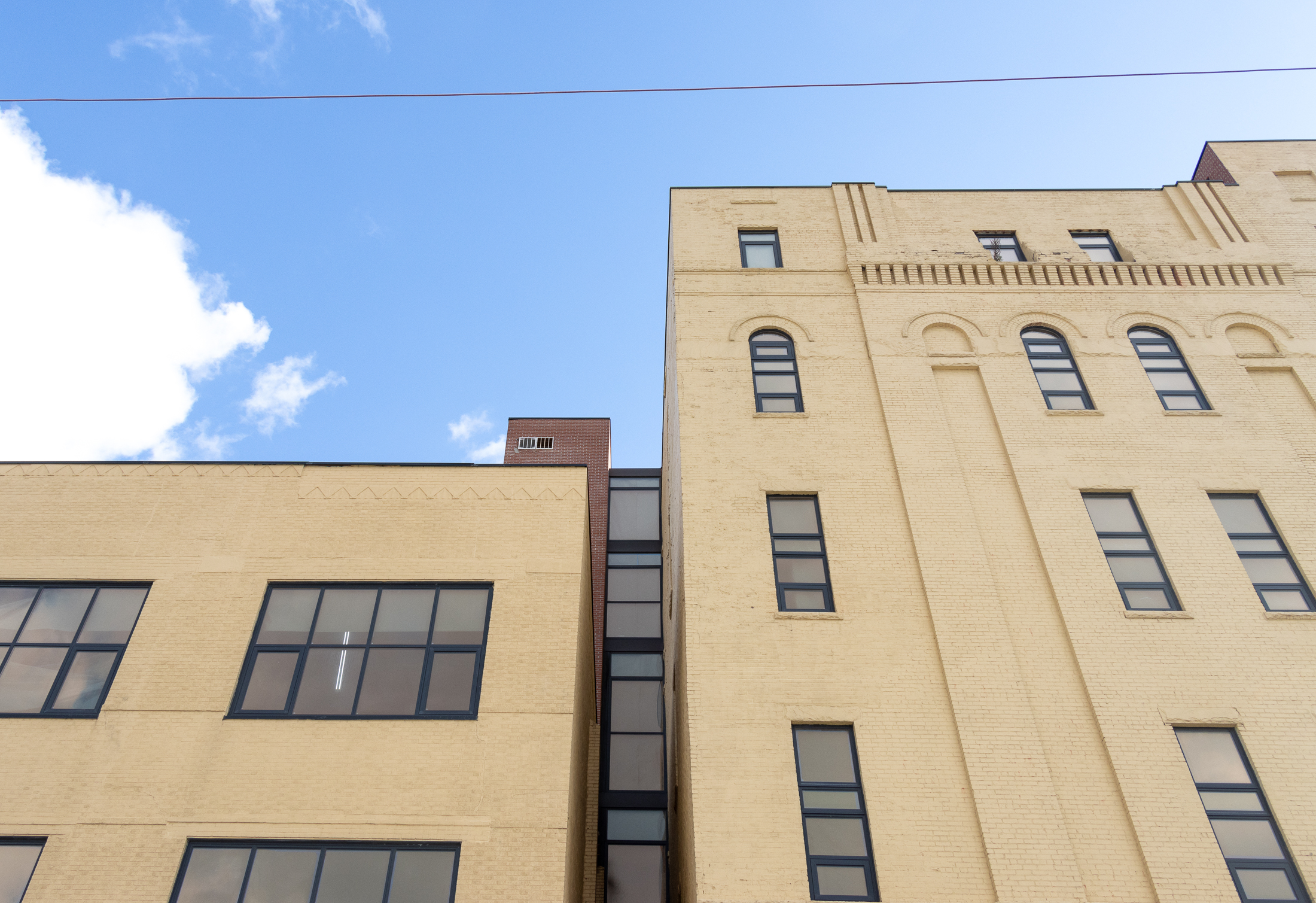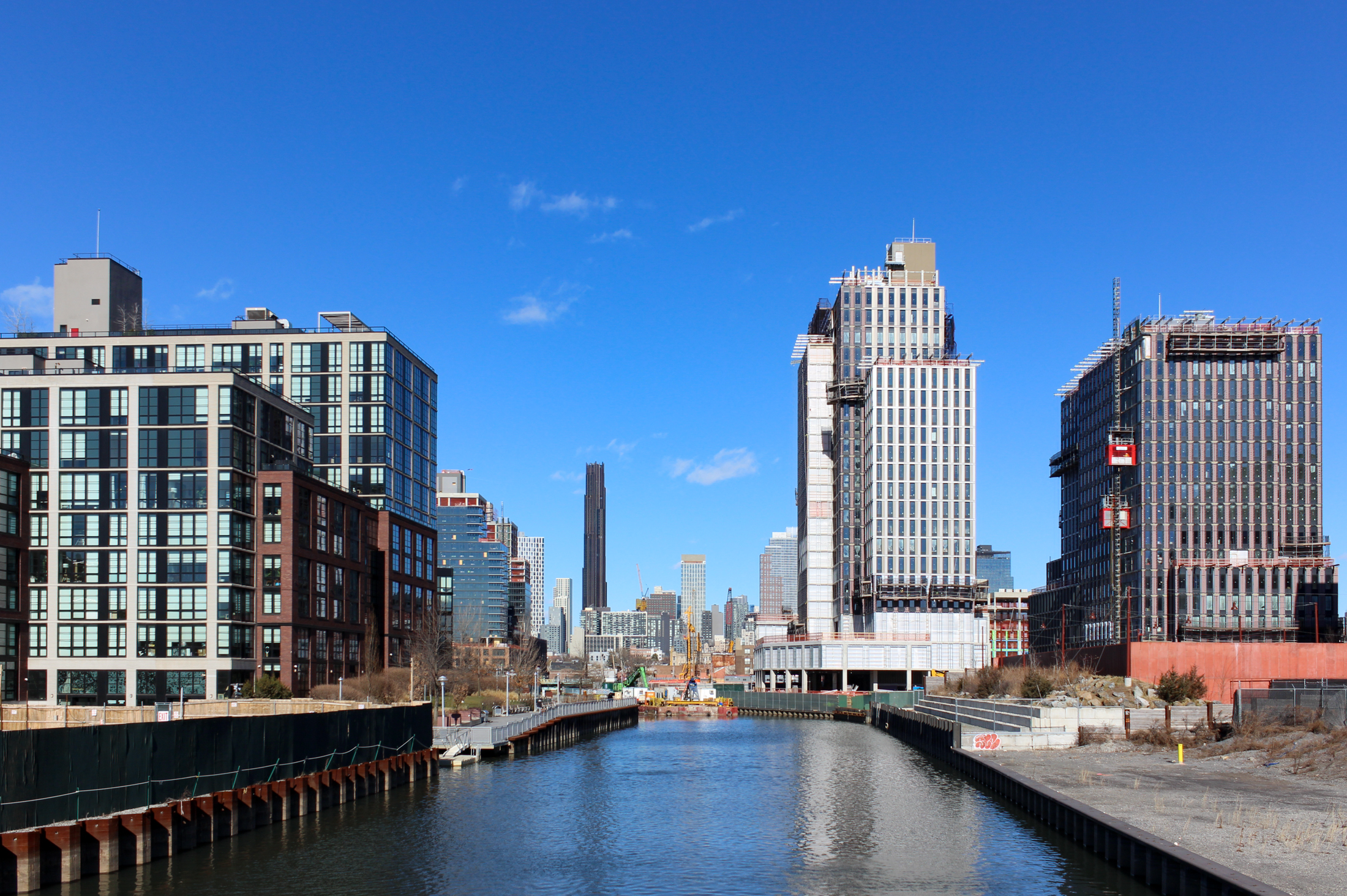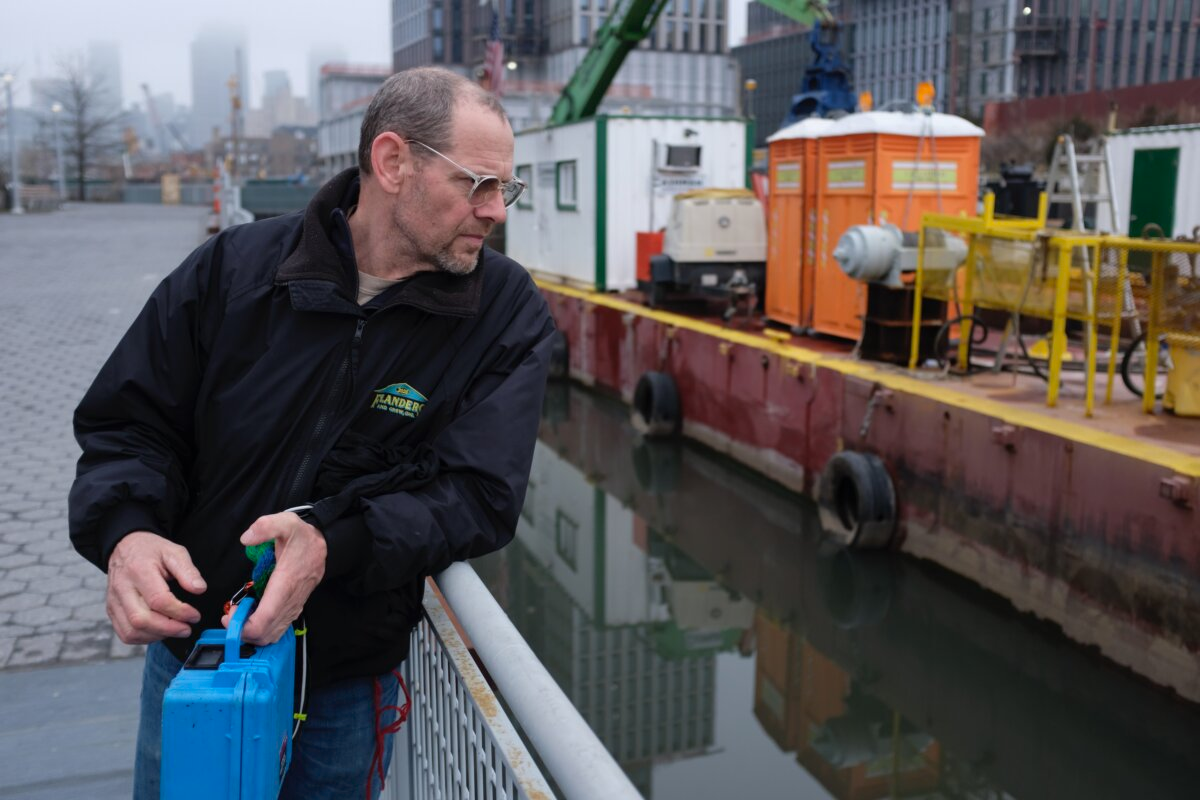Whole Foods: Not the Best of Neighbors
About a month ago, we posed the following question: Is Whole Foods to blame for the sorry state of the city landmark on the grocer’s property at 3rd Street and 3rd Avenue? The answer, according to a story in today’s Daily News, is yes. The property’s owner entered into an agreement in 2005 with Whole…
About a month ago, we posed the following question: Is Whole Foods to blame for the sorry state of the city landmark on the grocer’s property at 3rd Street and 3rd Avenue? The answer, according to a story in today’s Daily News, is yes. The property’s owner entered into an agreement in 2005 with Whole Foods wherein the grocer was supposed to repair the structure, but the landmark Coignet Stone Company building has been abandoned to the elements for years as Whole Foods fails to make progress on its Gowanus supermarket. “The whole thing is a disaster,” says Richard Kowalski, the building’s owner. Kowalski planned to open an art gallery and gift store in the rehabilitated property. A Whole Foods spokesman is evasive about the supermarket’s pledge to repair the landmark. “We have not been contacted in over a year by … the owner of the building … and we have no information whatsoever regarding the owner’s plans for the building,” spokesman Fred Shank told the Daily News. Our take: Whatever benefits this Whole Foods would bring to the neighborhood and Brooklyn have been greatly overshadowed in the past year or so by the store’s lack of action in Gowanus. The fence at the abandoned toxic site has been destroyed again and again, giving the general public open-access to a potentially harmful property. At the same time, we now learn the grocer has reneged on its agreement to preserve a city landmark. Whole Foods, it’s time to s*&t or get off the Gowanus pot.
Gowanus Landmark Building Caught in Repair Dispute [NY Daily News]
3rd St. Landmark Crumbling; Is Whole Foods to Blame? [Brownstoner]
Obstacles Remain for Whole Foods [Brownstoner]
Whole Foods Fence Saga Continues [Brownstoner]









I may not have gotten the history entirely correct, but that doesn’t change my architectural opinion that it is an ugly, malproportioned, eyesore standing on its own totally out of context. “Oldest known concrete structure in NYC” … still sucks. Send it to the Smithsonian.
Has anyone ever seen the interiors? Are there any photos anywhere?
HDL,
It’s too bad you have no idea what you are talking about. The building is the oldest known example of a concrete building in NYC. And the owner of “some large estate” was Edwin Litchfield, who owned much of the area and whose house still stands in Prospect Park–Litchfield Mansion. It would be great if you could inform yourself before spouting off. If you knew anything about historic preservation, which it is clear you do not, you would know that the importance of a structure or place lies in its historical associations and use of innovative materials, among other things–not just in its architecture per se.
Which makes it pretty cool, actually.
I thought that the interesting thing about this building is that it is made entirely of concrete, and was in fact used as a showcase of all the nifty things one could do with concrete, by a manufacturer of – you guessed it – concrete.
LPC has designated it because of its historic value as gatehouse to some large estate now gone. It is totally out of context in its current location and creating meaningful context to it is a century or so out of date (maybe moving it would be better).
Why is it that anything with some neoclassical detail however ill conceived must be preserved. In its context, in its time… maybe as part of a larger historic fabric but not on its own. Nah. Ain’t worth it. It was just NEVER that good.
deep pockets or not, if it’s going to take years of operation to recoup remediation costs alone, the development is not feasible for their business. this is a supermarket operator, not a real estate developer.
Sorry HDL, I don’t agree. I think its a charming building and once renovated and spruced up it will be wonderful. Especially when juxtaposed with WF new building which will surely be a bland big-box warehouse. Besides, WF has deep pockets, if it wants to operate in BK it should be a good neighbor and lend a hand…
HDL, LPC had a different opionion, but WTF do they know?